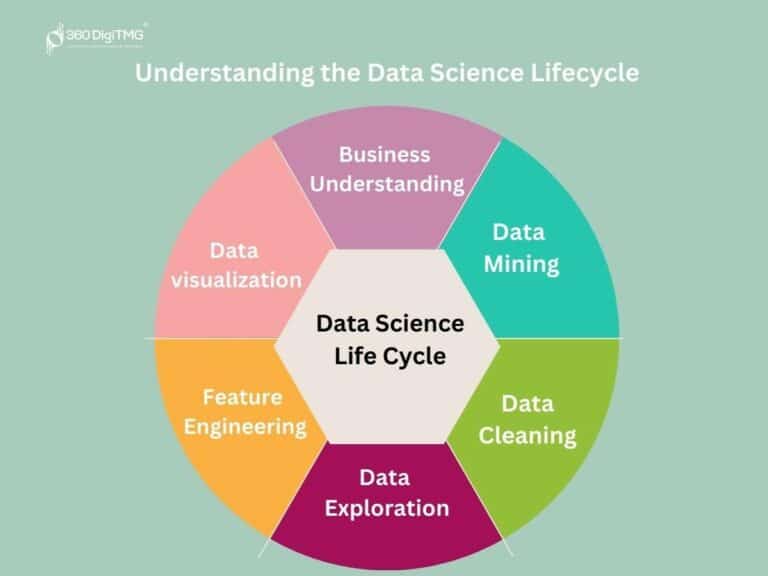One moment, it shows a breathtakingly gorgeous male model in sportswear. Then it zooms in for a close-up of a flawlessly made-up female face. After a few seconds, the newest flagship phone of a leading cellphone brand takes front and center, levitating and rotating mid-air to display all of its best and most exciting features.
This is the beauty of light-emitting diode or LED screens.
Unlike a static paper poster or billboard, an outdoor or indoor LED screen provides a dynamic visual experience. It’s akin to using your LED television or computer monitor as display signage. You can play still images on loop or a dynamic video sequence for unique, immersive experiences.
Benefits of LED Displays
If you have a shop, an office, a school, or any indoor space, why must you consider using an indoor LED display?
Below are some beneficial qualities of LED displays:
1. Attention-Grabbing
LED screens are bright, and you can choose the resolution depending on your use case, the content you’re playing on it, and other factors. As long as you choose your LED screen well, its vibrant colors are sure to attract audience attention.
Of course, the digital content design will play a large part in the effectiveness of your signage.
2. Dynamic and Immersive
Indoor LED screens are digital displays. Therefore, you can play just about anything on them that you can on your LED television.
You can display slideshows and videos, for instance. They’re unlike traditional, non-digital signages that can only display still images, which you must manually replace every time you want your LED screen to show something different.
Moreover, depending on your screen display configuration, you can provide your audience with unique, immersive experiences. You can even add touch functionality to activate another layer of engagement.
3. Sustainable
LED screens are designed to last a long time.
Moreover, unlike traditional billboards and signages, they don’t require collateral that you will display only for days, weeks, or months before you need to throw them out with the trash. LED screens require digital graphics or video content, which don’t produce physical waste.
4. Versatile
LED screens can be exceptionally versatile.
You can use them on an entire section of your store or convert every wall of your store into a digital display. You can even use transparent LED screens as shop partitions. You can also put LED screens on the ceiling, square poles, columns, and practically everywhere you think you need a display.
Some Uses of Indoor LED Screens
The following are nine common uses of indoor LED screens.
1. Advertising LED Wall
You can turn one whole section of your store into an LED wall that displays your popular products or best selling items. A shopping center can turn a central column into a unique LED display to advertise the mall’s newest shops. A hotel or an office building can have an LED wall at the front office or reception to welcome and impress guests as they enter the lobby.
2. Presentation Wall
LED screens are just digital monitors. Thus, you can mount LED screens on one wall of a function room and use them for company presentations and online meetings. You can even use indoor LED screens for film viewing and audio video presentations.
You can put a presentation wall anywhere people gather, including churches, classrooms, event halls, and others.
3. Stage Backdrop
Schools can use LED screens as the backdrop in auditoriums and theaters that can show event backgrounds to reinforce the event theme. Such LED screen backdrops can also serve as the display the speakers and lecturers can use to present their decks.
4. Digital Wall in Broadcast Studios
The entire area behind news and television anchors are typically LED screens. They usually display an image of the city skyline or some other iconic view to which the show’s audience can quickly relate.
5. Digital Classroom Wall
Digital classrooms will need indoor LED screens for lectures and student presentations. Professors and students can connect directly to the LED wall via a high-definition multimedia interface.
6. Digital Menu Display
You can use indoor LED screens instead of traditional menu boards. Digital menu displays can be much more enticing with their full color display. You can even take this a step further with animated graphics.
7. Customer Experience Center
Are you a software vendor? Do you have a new app? Use interactive, indoor LED touch screens to give your target customers a way to experience how your product works and what it can do for them.
For instance, if you’re selling an integrated airport solution, you can create a fake airport terminal. The stops along the way will demonstrate how your application will make life easier for travelers through features like automated check-ins, digital boarding pass creation, personalized directions to the traveler’s designated boarding gates, and even reminders about their boarding schedules.
8. Control Room
You can use indoor LED screens in your corporate organization’s control room.
Road traffic management entities can use them to monitor road traffic conditions, railway management agencies can use them to monitor train schedules and mitigate delays, and corporate security can use them for surveillance.
Meteorological agencies, meanwhile, need digital screens for tracking and monitoring temperature, precipitation, low-pressure areas, and weather anomalies, among others. They also need them for weather surveillance equipment readouts.
9. Fake Windows
You can use LED screens, set at regular intervals, to serve as fake windows. The LED screens can display the scene recorded by exterior and perimeter cameras, creating the illusion that the person walking in the hallway can really see outside.
Companies and establishments can also turn one wall into a floor-to-ceiling digital aquarium or perhaps a focus wall that shows a life-like image of Mt. Everest or a similar attraction.
Choosing Your Indoor LED Screen: Pixel Pitch and Refresh Rate
You must consider various factors when selecting an LED screen. Your specific application will determine which LED screen fits your requirements. Best obtain the services of digital display specialists when you’re ready to shift to indoor LED screens.
The most important considerations when choosing indoor LED screens are pixel pitch and refresh rate.
Pixel Pitch
LED stands for light-emitting diodes, and pitch refers to the spacing (measured in millimeters) between individual diodes. The more closely packed the pixels are, the lower the screen pixel pitch and the higher the screen definition.
The shorter the distance between your LED display and your audience, the lower the pixel pitch must be. Low-pixel pitch screens can stand up to close inspections. To illustrate, if you’re using LED screens in your trade fair booth and exhibit (where you can expect viewers to come pretty close to your displays), it’s advisable to use very low-pitch screens.
Refresh Rate
The LED screen refresh rate, measured in Hertz, is the number of times per second the screen refreshes or redraws the image. The higher a screen’s refresh rate, the more frequently it redraws images.
Thus, your eyes will detect minimal or no flickering when looking at screens with higher refresh rates. Motions and animations will also seem smoother.
Thus, you want an LED screen with a high refresh rate for a better image or video playback quality.
Other considerations for LED screen selection include type, shape, installation, and brightness. Digital signage experts should be able to help you understand and consider these things, given your specific application.
Time to Switch to Indoor LED Screens
Whether you’re a shopping mall, store, school, church, and company, you can use indoor LED screens. They are attention-grabbing, dynamic, immersive, sustainable, and versatile display options, and they are worth considering when you need to display anything for your customers, clients, and audience.












